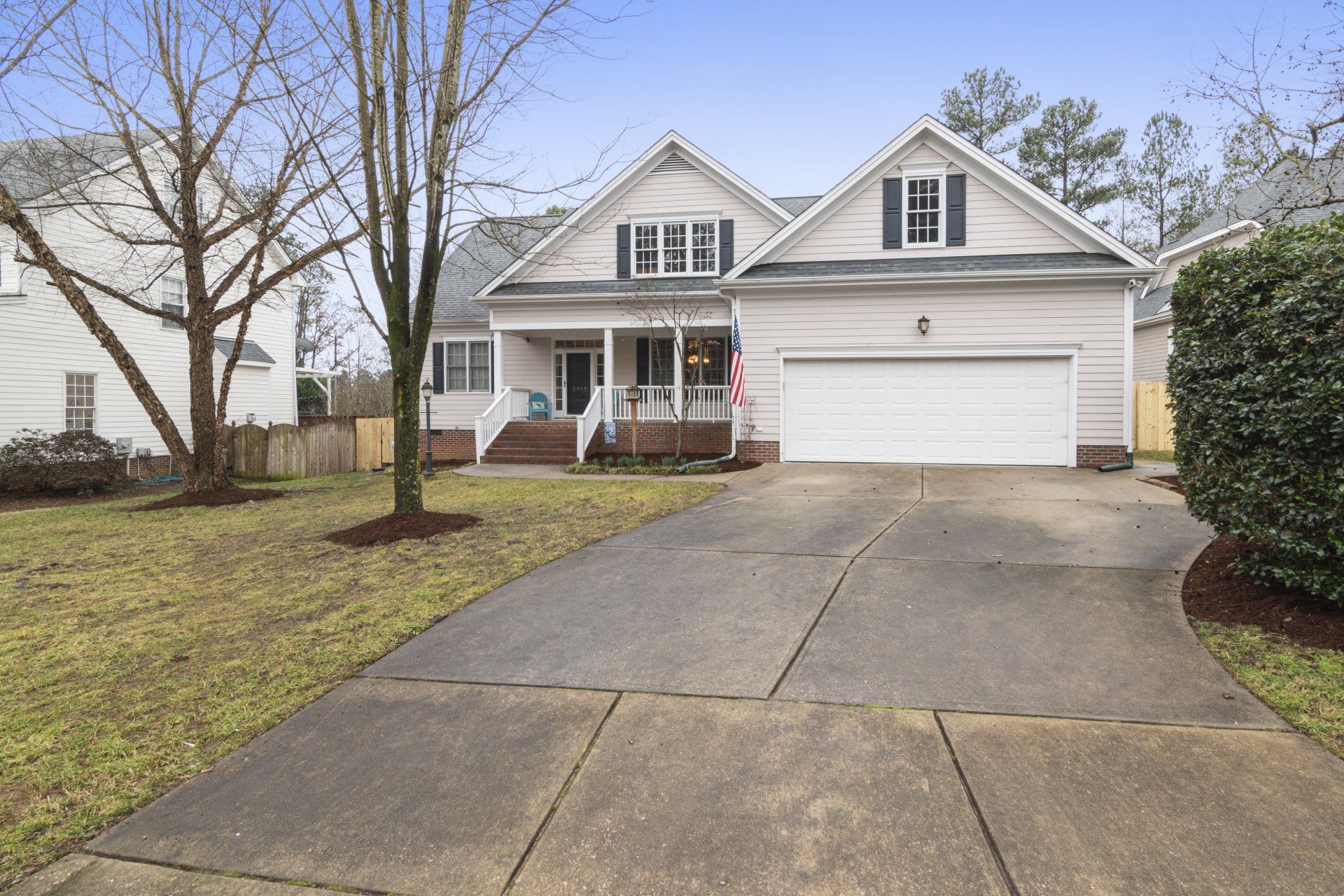Contact Robert C. White & Company
Why Every Landlord Should Consider Pets
Why Every Landlord Should Consider Pets
According to The US Humane Society, more than 70% of renters have a pet. That is more than ⅔ of the potential tenant pool! With that said, a smart owner would never turn all of these groups away without at least considering. While there are certain risks associated with pets, proper planning, and screening will help you avoid a bad selection. Below we break down the risks and rewards when allowing pets, and give tips for preparing your unit and your lease agreement for a tenant with pets!
The Benefits
Larger Applicant Pool - this benefit is easy enough to explain. Even if we assume that only 50% of renters have pets, by blocking them altogether, you significantly limit your applicant pool. You’ll want to pick from all possible candidates, rather than just a few!
Better Tenants - throughout 1000’s of tenant selections at Robert C. White & Company, we’ve found that tenants with pets tend to be more responsible and trustworthy. There are certainly bad pet owners out there, but our simple pet screening process (explained below) will help you avoid those groups to pick a reliable tenant. Allowing pets is an additional provision that may make tenants happier in the long run as well!
Increased Revenue - if you’re going to allow pets in your unit, you can increase revenue by simply charging a pet fee. Most renters are agreeable to pet fees because they understand their animal will leave more wear and tear on a unit. At RCW we typically charge $25/month for each pet allowed in a rental.
Increased Renewal Rates - because many other landlords don’t allow pets in their units, there is an increased difficulty in finding rental properties for tenants with an animal. Because of this, your property is more likely to retain tenants that are uncertain about moving because of the animals they will bring with them.
The Risks
Damage to unit - the most obvious risk with allowing pets in your rental property is damage done to the unit. Dogs and cats tend to scratch floors and walls and leave behind unwanted odors, meaning landlords have increased maintenance and repair costs.
Disturbing neighbors/other tenants - tenants may also have animals that are loud or rambunctious and disturb other tenants in the building or the neighbors!
Injuries to other persons/pets - untrained animals may also cause injury or harm to other persons or pets nearby. As a landlord, you don’t want to be held liable for any harm done, so be sure your tenant has the proper renter’s insurance.
Insurance & Restricted Breeds
Shop good renters insurance - Make sure that you’re comfortable and knowledgeable about your insurance policy. Check with your provider to ensure pets are allowed and get a list of any restricted breeds/types of animals.
Restricted breeds - many insurance policies have restrictions, but as an owner, you can also choose to put restrictions in place yourself. At Robert C. White & Co we typically deny the following dog breeds:
Pit Bull Terriers, Staffordshire Terriers, Rottweilers, German Shepherds, Presa Canarios, Chows Chows, Doberman Pinschers, Akitas, Wolf-hybrids, Mastiffs, Cane Corsos, Great Danes, Alaskan Malamutes, Siberian Huskies, and any mixed breed with any of the listed breeds in their lineage.
How To Screen Pets
Pre-Screening - before accepting a tenant with pets, you’ll want to prescreen the animals just as you would with their owner. We recommend running through at least the following list of questions with an applicant before consideration. Vet documents and pictures of the animal are also helpful.
Ask Them:
How many pets do you have and what kind of animal are they?
Height, weight, age?
Breed of dog?
Are you pets licensed and properly vaccinated?
Is your animal(s) friendly with other people/pets?
Making Your Unit Pet Friendly?
Install durable, cost-efficient flooring - yes, renters want to live in nice units and flooring can be a big factor, but don’t go overboard! If you’re likely to rent the unit to someone with pets, go with vinyl, linoleum, or faux wood flooring for a decent look that won’t break the bank or get damaged too quickly!
Fencing - a fenced yard, especially with single-family rentals is a massive bonus for pet owners. Consider installing one or allowing tenants to erect a semi-permanent fence themselves.
Create a “pet area” - especially in multi-unit buildings with more than one pet, a pet area in the yard may be critical. A dedicated area for owners to interact with the animals and allow pets to relieve themselves will make maintaining the lawn and landscaping much easier!
In the Lease - Pet Addendum
The last piece of the puzzle when it comes to allowing pets is to create a rock-solid pet addendum to include with the lease agreement. Make sure that you outline the following items in your pet addendum.
Tenant responsibilities - outline any tenant responsibilities regarding pets in your addendum. Your tenant will likely need to pick up after their animal, agree their pet will not cause disturbance to other renters, show up to date license and vaccine records...and more!
Pet deposits and fees - this is also a place to clearly outline any pet-specific security deposits or monthly fees that are associated with the animals. If you fail to put this in writing, you won’t be able to require the tenants to pay it. If you are going to charge a pet fee(s), make sure the cost of rent stays in line with other comparable units.
Wrapping Up
One last thing to mention before we wrap up, be careful with service animals! In the state of Connecticut, it is illegal to deny a tenant with a properly licensed service animal in your properties unless they are not meeting other rental requirements or qualifications.
Now that you understand the risks and benefits associated with pets in your unit, you can make a sound decision on how to proceed. At Robert C. White & Company, we recommend that all of our owners at least consider pets in their properties. If you have any other questions about our pet policies or screening process please give us a call at 860-613-6290!
Our Services
Main Office: (860) 613-6290
Our Services: (860) 200-3331
info@robertcwhite.com
57 Dodge Ave Suite 107, North Haven, CT 06473
CT Licensed Broker #0790511

Business Hours
- Mon - Fri
- -
- Sat - Sun
- Closed
Business Hours
- Mon - Fri
- -
- Sat - Sun
- Closed












